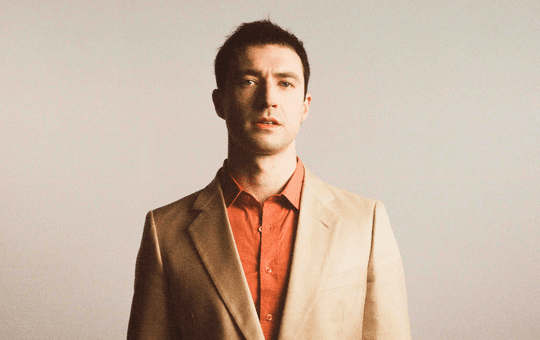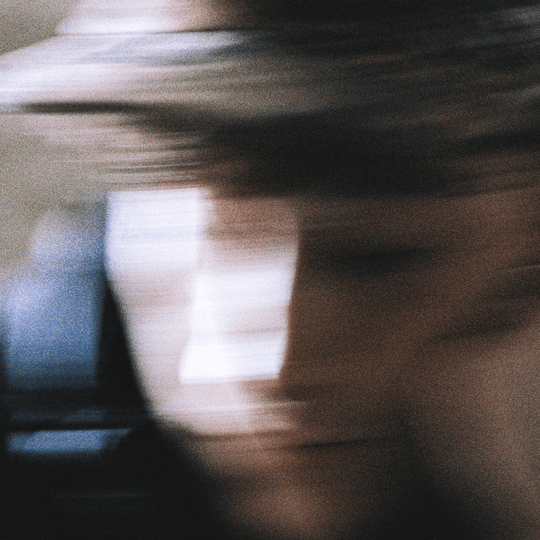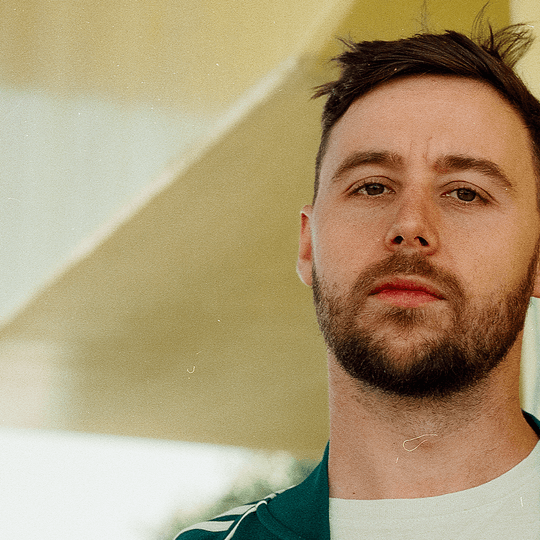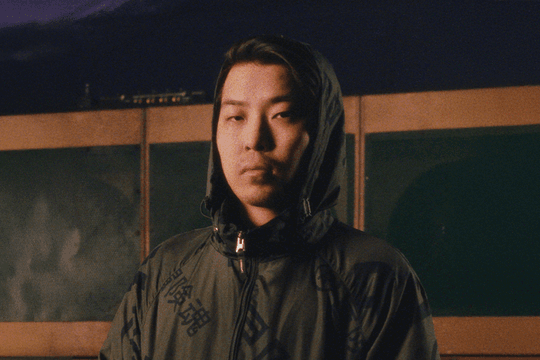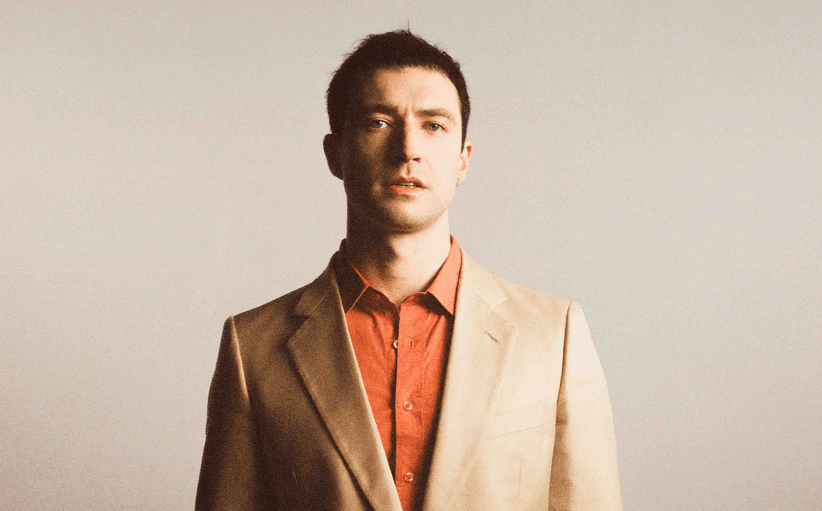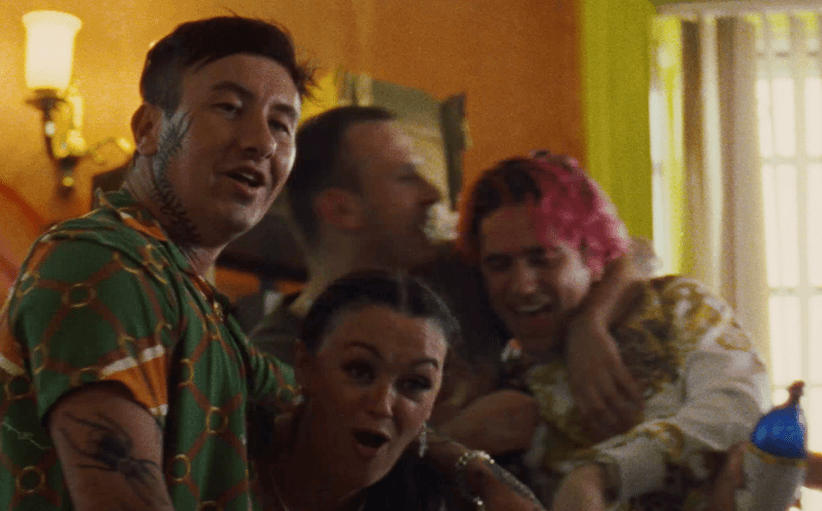Brian Eno in 10 easy steps
Brian Eno announced last week that he will be releasing LUX, his first solo record in seven years, via Warp Records on the 12th November. A 12 part, 75 minute composition based on work on display in the Great Gallery of the Palace of Venaria in Turin, Italy, the album is set to be one inescapably rooted in context – the context of the artwork, the context of Eno’s earlier, ambient solo projects, and the context of a wide-reaching, broadly influential career.
Although his solo output has been minimal lately, Eno has collaborated and composed prolifically since leaving glam rock group Roxy Music in the early 1970s to go on to release his own electronic albums, to soundtrack various films, to launch the careers and creative discoveries of numerous other artists, and to pioneer the genres of ambient and generative music.
Read on to discover a whistle-stop tour of Eno’s most noteworthy work, from soundtracking airports to a string of outstanding collaborations, and prepare yourself for LUX.
- Fripp & Eno – Swastika Girls
Eno’s collboration with Robert Fripp saw the pair make use of a crafty tape-looping system that Eno invented himself, which involved the playing back of the same sound at different, muted levels over and over again. With the addition of Fripp’s guitar and three days of frantic work, No Pussyfooting, often considered Eno’s first ambient album, was born. It was released just before his own first solo album, sealing Eno’s creative path as a collaborator as well as (or even more than) a soloist.
- Brian Eno – Another Green World
Released by Island in 1975, Another Green World was Eno’s third solo studio album, and despite failing to chart at the time, it’s a significant turning point in Eno’s sound and a crucial, colossal achievement. Anchored in repeated instrumental sounds and distancing itself from reliance on lyrics, Another Green World reflected Eno’s belief that pop music and its lyrics are too self-obsessed and too inward-looking, and so chose instead to focus on the extracting and building up of musical sounds, pulling the essence of music out of itself.
- Brian Eno – Discreet Music
Discreet Music was apparently born out of Eno’s experience of being bed-ridden from an accident and lacking the energy to get up to alter the volume of the music he was listening to. Through learning to experience music as an engulfed, almost indistinguishable part of his surroundings, he conceived of ambient music, and the results of that conception form the delicate drone that is this pioneering album.
- Brian Eno – Music For Airports (Side 1, Part 1)
After the creative breakthrough that was Discreet Music, Eno took it on himself to compose subtle soundtracks for the physical spaces that we encounter every day. Music for Airports was the first of the ‘Ambient’ series, consisting of four records designed to form part of an all-round sensory experience rather than to be singularly listened to – so you should probably do something else as you play the YouTube clip below.
- Brian Eno and David Byrne – Mea Culpa
‘Mea Culpa’ comes from My Life in the Bush of Ghosts, Eno’s 1981 album in collaboration with Talking Heads frontman David Byrne, which is considered to be an apex for the careers of both artists. Ominous, primal sounds dominate this richly layered music, as distorted voices and shuddering, repetitive sounds again represent Eno’s belief in the construction of music from its parts rather than the necessity of making a story out of it.
- David Bowie – Heroes
Despite seemingly attempting to shun “accessible” music at every turn, Eno has churned out hit after hit over the course of his career, for the likes of U2, Coldplay and Talking Heads. A stand-out example of his credentials as a bankable pop song writer comes in the form of this huge Bowie hit, which was annoyingly over-used in this summer’s Olympics, but is, even so, inescapably quite good.
- Brian Eno – I Dormienti
I Dormienti is only available to buy in the EnoShop and only consists of one track, which you can hear in its 39 minute entirety in the YouTube clip below. The composition followed in the footsteps of the Ambient series, being created with the intention of becoming part of the furniture or physical atmosphere of a space; in this case, though, it was designed to be played during a specific installation of artwork by Mimmo Paladino at the Roundhouse in 1999.
- Brian Eno – 77 Million Paintings
77 Million Paintings was Eno’s building of his own actual space; as well as a musical composition, Eno created what he called visual music for this installation at the Yerba Buena Centre for the Arts in San Fransisco. The “imagescape” was constantly moving, with the theoretical potential to create, as the title suggests, 77 million different paintings.
- Brian Eno and David Byrne – Strange Overtones
Eno and Byrne have worked together several times, but this latest work from 2008 was a stand-out example of the peaks they can reach together. With the familiar anchor of a vocal and yet without losing the thumping, thriving innovation of Eno’s craft, this track builds and meanders in a satisfying, soaring arc.
- Brian Eno and Rick Holland – Glitch
Eno’s 2011 collaboration with poet Rick Holland, Drums Between the Bells, was a journey into narrative unlike any he’d taken before; he allowed voices and their stories to take a front seat in the mass of glitchy sound that he created for the record, asking people he knew to lend their vocals to the album. Rather than pure song-writing or spoken word, though, this was more of an experiment in finding out how music and voice could invigorate one another; ‘Glitch’ illustrates that perfectly in the robotic merging of the two into almost indistinguishable, mechanical cogs of noise.

